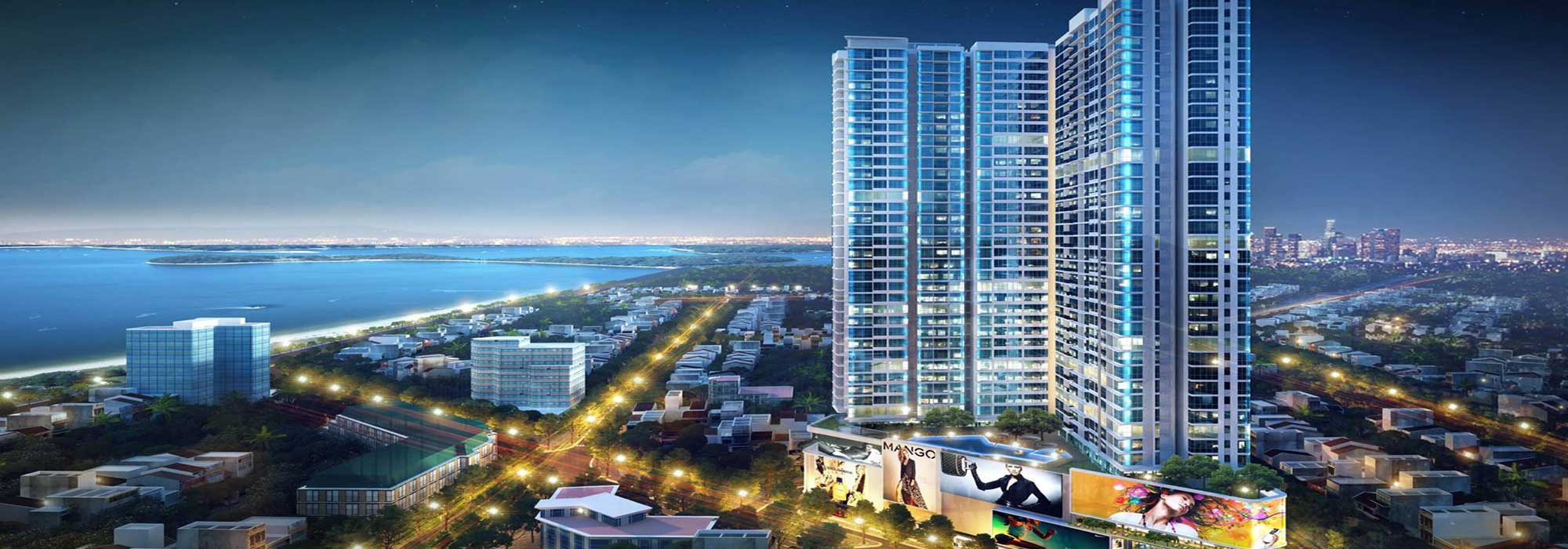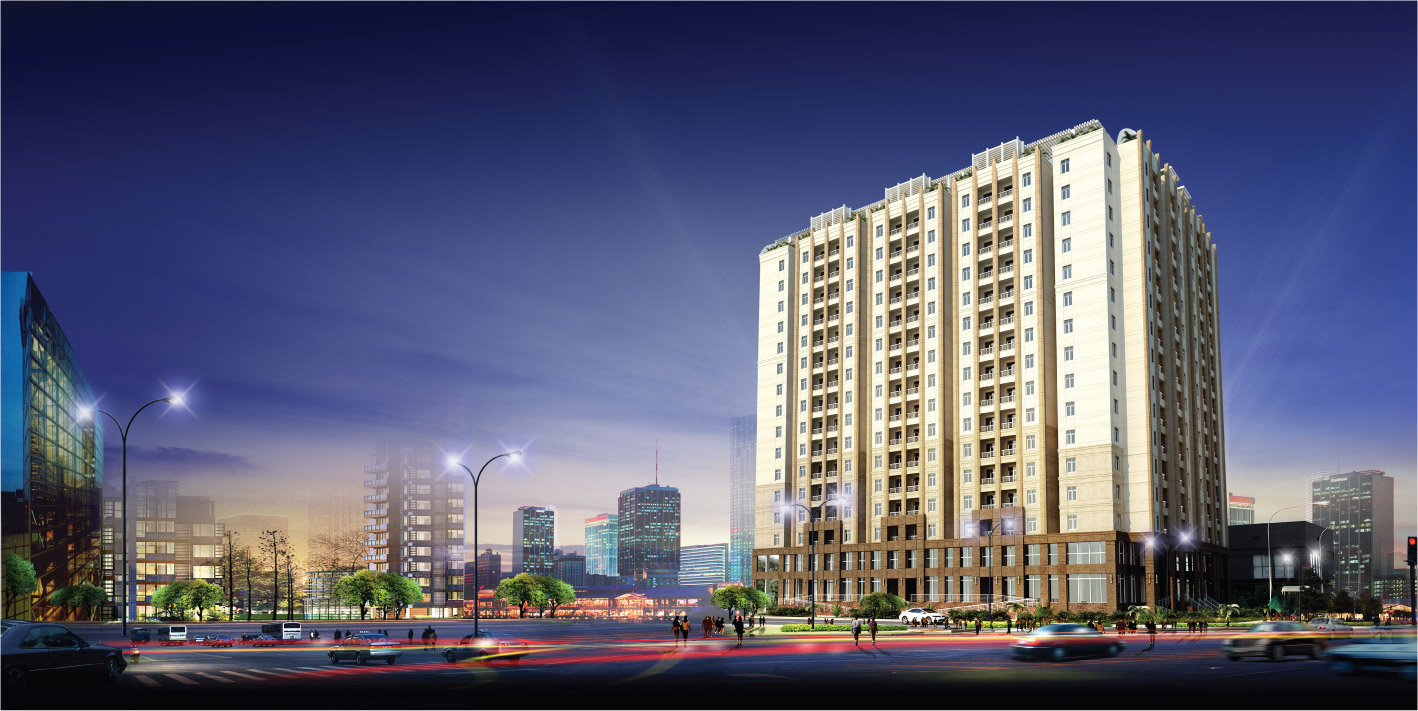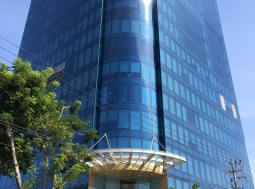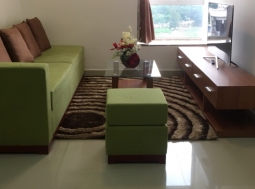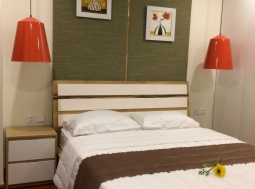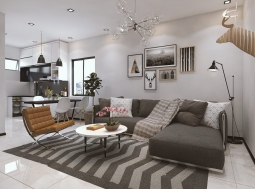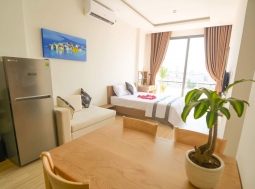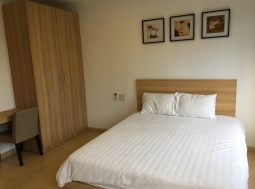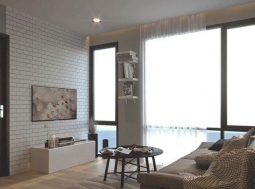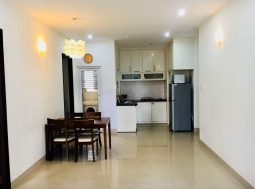How Your Office Space Impacts Employee Well-Being
How Your Office Space Impacts Employee Well-Being
In the last 20 years, the modern office has gone through a number of evolutions. The early 2000s saw the death of cubicle farms and the rise of open floorplans, and 2015 brought waves of ping pong and foosball tables to offices everywhere. While office trends come and go, one thing that does not change is the impact that the office environment has on employee health and wellbeing.
A quality workspace design leads to a less stressful and more productive atmosphere. It’s essential that employers take the physical work environment of their employees into consideration. Employees need to feel comfortable and calm in their physical work settings to produce their best work.
According to the Fellowes Workplace Wellness Trend Report, employees also want to work in a healthy environment. Here are some findings from the survey:
- An overwhelming majority (87%) of workers would like their current employer to offer healthier workspace benefits, with options ranging from wellness rooms, company fitness benefits, sit-stands, healthy lunch options and ergonomic seating.
- Interestingly, employees of younger companies are less likely (34%) to be turned down when asking for in-office benefits like sit-stand desks, than employees at established companies (42%).
- 93% of workers in the tech industry said they would stay longer at a company who would offer healthier workspace benefits, with options ranging from wellness rooms, company fitness benefits, sit-stands, healthy lunch options and ergonomic seating.
One company, ROOM, is addressing the growing need for privacy in the workplace with their phone booth, a sound-proofed, ventilated, powered booth that can give employees a place to take a video call or get some uninterrupted time to focus on work.
“We spend almost a third of our lives in the office, and in order to find and retain top talent, it’s essential for companies to foster an environment that empowers people with the right space to work, think and collaborate naturally. Seventy percent of offices today are open plan, and the open plan layout can be fantastic. But it really needs to be implemented correctly with employee productivity and happiness in mind. From offering private rooms to take a call and quiet spaces for meditation to fun, comfortable areas that foster collaboration, it’s imperative to think about building office spaces with different environments to maximize employee wellbeing. At ROOM, we're setting a new standard for the workplace, and we believe that our phone booth offers the perfect starting place for teams of all sizes to create a happier, healthier, and more productive work environment," says Morten Meisner-Jensen, Co-Founder of ROOM.
Office design is such a valuable business investment; there’s even an international organization that has established requirements to create productive and comfortable indoor environments. The WELL Building Standard™ (WELL) is the premier standard for buildings, interior spaces and communities seeking to implement, validate and measure features that support and advance human health and wellness. Administered by the International WELL Building Institute (IWBITM), and certified by Green Business Certification Inc., the WELL Building Standard is the first standard that focuses on human health and wellbeing into design, construction and operations of buildings. According to the IWBITM, workplace design that considers air quality, lighting, views onto nature and the general layout of the interior can significantly impact on health, satisfaction, wellbeing and staff productivity.
The WELL Building Standard focuses on seven concepts of building performance: Air, Water, Nourishment, Light, Fitness, Comfort and Mind. Even if you have no immediate plans (or the budget!) to become WELL Certified, companies can still utilize the principles to help create a healthier environment. Let’s dive in deeper and see how you can bring these concepts to your company:
Air
The quality of air within an office can have a significant impact on your employees’ health and in turn productivity. Research carried out by the World Green Building Council recorded an 11% increase in productivity as a result of increased fresh air to the workstation and a reduction in pollutants. Here are a few ways you can impact the air quality:
- Implement a no-smoking policy
- Develop green cleaning protocols and keep office clutter-free
- Install air filtration systems
- Maintain a healthy level of humidity
- Add some office plants
- Open windows
Water
Our brains are 73% water, so water consumption helps improve sleep quality and energy levels, as well as our ability to focus, our clarity of mind, and our awareness and alertness. This, in turn, helps us become more productive at work. Here are a few ways you can help your employees increase their water intake:
- Provide safe drinking water
- Install a water cooler
- Educate employees about the benefits of drinking water
- Host water challenges
Nourishment
We’ve all heard the saying “you are what you eat," and this saying might be especially true in the workplace. What your employees eat fuels and powers their days at the office. If you want your employees to feel energized, focused, and productive, you’ll want them eating a nutritious, balanced diet that supplies them with the nourishment their bodies need to succeed. Encourage better eating habits and food culture with these tips:
- Improve the availability of fresh fruit and vegetables
- Limit access to processed foods
- Label food clearly for food allergies
- Improve access to good hand washing facilities
- Make nutritional information available
- Promote healthy food options over advertising unhealthy ones
- Foster mindful eating – create dedicated eating spaces
Light
A study conducted by the Department of Design and Environmental Analysis at Cornell showed that employees seated within 10 feet of a window reported an 84% decrease in eyestrain, headaches, and blurred vision symptoms. Here are a few ways to rethink your office lighting design:
- Consider adding skylights
- Control glare
- Maximize natural lighting
- Move big, bulky furniture that blocks sunlight
- Replace flickering lights
- Layer different types of lighting in a workspace, such as ambient and task lighting
Fitness
Our bodies were made to move, not sit all day. Employees who lead an active lifestyle are likely to be more productive. Because exercise increases the blood flow to the brain, employees will get a boost of energy and alertness. This can also sharpen their concentration and decision-making skill. A few ways to encourage movement at work include offering:
- Open and accessible stairways
- Shower facilities
- Bicycle storage
- Adjustable workstations
- Space for physical activity
Comfort
The office should be a place of comfort. The use of correct ergonomics can lessen muscle fatigue, increase productivity, and reduce the severity of musculoskeletal disorders (MSDs), which are the most frequently cited causes of lost work time. A few ways to create distraction-free, comfortable environments include:
- Ergonomically crafted work areas with the ability to alternate from sitting to standing positions
- Provide employees with different areas to work during their day
- Limit sound from building systems and create quiet zones
- Create breakout areas, hot desking and informal meeting areas, and creative spaces for brainstorming
Mind
The Global Impact of Biophilic Design in the Workplace study showed that people who work in spaces with natural features reported 15% higher levels of overall wellbeing. Furthermore, the respondents expressed feeling 6% more productive and 15% more creative at work. If the interior design of an office considers the occupants such as creating both breakout space and social space, improvements are found in concentration, collaboration, confidentiality and creativity. Optimize employees' emotional health through these strategies:
- Create collaborative spaces, as well as areas to relax and de-stress
- Add greenery: potted plants, living walls or flower gardens
- Design outdoor spaces (rooftop patio or staff garden)
- Offer flexibility - give options for where and how employees want to work
The research shows how workplace design positively influences health, wellbeing, employee satisfaction, and performance. There is huge potential for improving and making a positive impact on employee wellbeing through human-centered design. By simply offering employees areas to recharge and taking their comfort into consideration, you can easily make subtle changes to improve the physical environment at your office.
RELATED NEWS
- Office for rent in Da Nang – Outstanding office for rent in variety of standard
- Office for rent in Da Nang with Thuenhanhhon
- Office Feng Shui: Place Your Desk In The Command Position
- 7 Ways to Feng Shui a Cubicle, Desk or Entire Office
- 5 Ways That Natural Light Improves Workplace Productivity
- 5 Things About Office Lighting You Should Know
- 8 Ways To Make Your Workspace Healthier
HOT REAL ESTATE








